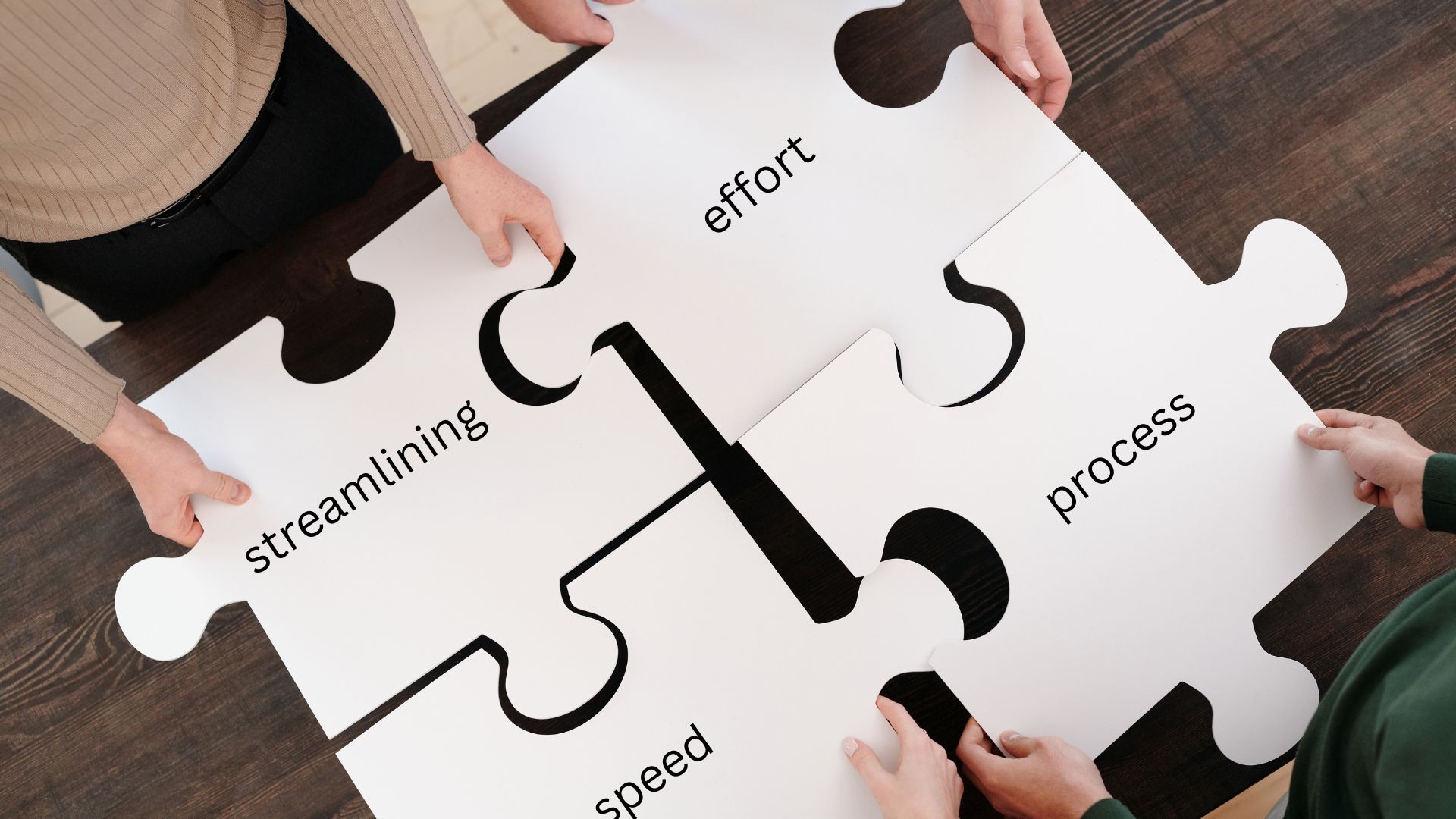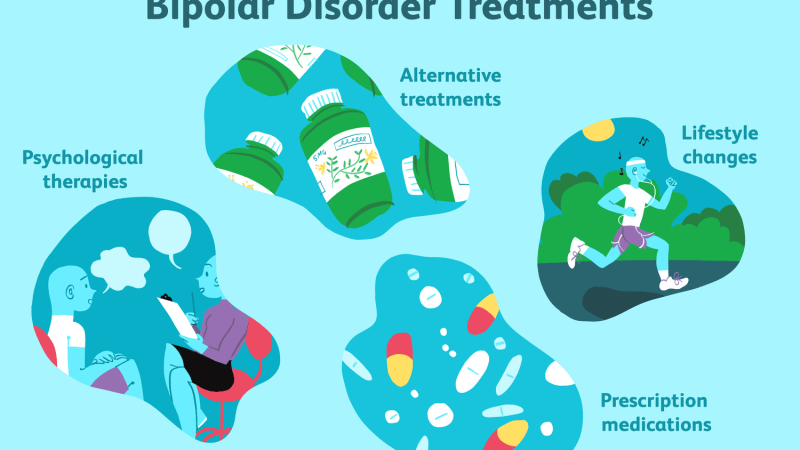Introduction
Let’s be honest for a second. “Process improvement” doesn’t exactly get most people’s blood pumping. It sounds… dry. Like spreadsheets and overly long meetings that could’ve been emails. But here’s the thing—when done right, streamlining processes is less about red tape and more about breathing room. It means less firefighting, fewer dropped balls, and smoother everything. And ISO certification? That’s the structure behind the curtain making it all possible.
You’ve probably heard of ISO 9001—the quality management one. And sure, there are others (we’ll get into that). But ISO isn’t about being fancy or ticking off regulatory boxes. It’s about building systems that work—over and over again—without sucking the soul out of your team in the process.
So let’s unpack what makes ISO certification such a game-changer when it comes to getting your operations to actually flow.
So, What Is ISO Certification—And Why Does It Matter?
ISO certification is like a business GPS. It doesn’t just tell you where to go—it tells you how to get there in the smartest, most consistent way possible. You don’t guess your next move. You plan, you track, and—here’s the kicker—you improve.
It’s built on global standards that help companies of all sizes (yes, even small businesses) create better, more reliable processes. We’re talking everything from handling complaints to delivering products on time without drama.
And when it’s done right? Things just start to click. Processes that used to feel chaotic settle into rhythm. Team communication clears up. Customers stop chasing you down for updates. It’s not magic—it’s structure.
Death by Chaos: Why Streamlining Matters More Than You Think
Ever walk into a business where no one seems to know what’s going on? People running around, fixing the same issues over and over again, reinventing the wheel every week? That’s process chaos. And it’s exhausting.
ISO helps replace that reactive scramble with predictable, repeatable systems. Think of it like organizing a messy kitchen: when you know where everything is, dinner’s faster, cleaner, and—let’s be real—a lot less stressful.
Because whether you’re shipping shoes, building parts, or handling client accounts, time spent figuring out the how is time taken away from the what. ISO gives you back that time. And sanity.
A Little Structure Goes a Long Way
You know that feeling when a process actually works as expected?That’s the beauty of standardized workflows.
ISO certification forces you to actually map out how things get done—then test it, refine it, and make it stick. It’s not about locking yourself into rigid routines, either. Flexibility lives here too—but within a framework that prevents costly detours.
Honestly, it’s like decluttering your digital desktop. Once you stop tripping over your own systems, everything speeds up. Clean workflows = calm teams + happy clients.
You Don’t Have to Start From Zero—And You Shouldn’t
Let me guess—you’re already doing a bunch of things right. You’ve got an order system, a hiring process, maybe even a quality check or two. That’s good. ISO certification doesn’t tear that down. It builds on it.
It takes what you’re already doing and asks, “Okay, how can this be clearer, faster, or more consistent?” It helps you document what works so you’re not reinventing the wheel every time Steve from purchasing goes on vacation.
So no, you don’t need to scrap everything and start fresh. You just need to sharpen what’s already there.
Fewer Errors, Fewer Headaches—Sounds Nice, Right?
Errors aren’t just annoying—they’re expensive. Rework, returns, customer complaints… they all eat time and margin. ISO certification, particularly with quality standards like ISO 9001, puts control points in place to catch errors before they spiral.
And here’s the thing—when your team sees you solving real issues instead of just pointing fingers? They step up. Ownership grows. Suddenly, you’ve got fewer mistakes and stronger morale.
Efficiency Isn’t Just About Speed—It’s About Flow
Let’s talk flow. True efficiency isn’t doing things faster—it’s doing them smoother. No bottlenecks. No random delays. ISO helps you visualize your workflows and identify choke points. It’s like Google Maps, but for your operations.
For example, if your customer support is constantly waiting on updates from the warehouse, that’s not just annoying—it’s a broken system. ISO gets you asking, “Where’s the lag?” and more importantly, “How do we fix it—for good?”
That rhythm? That flow? That’s how businesses grow without burning out.
Real Talk: It Can Feel Like a Pain at First
Alright, let’s be honest. Getting ISO certified isn’t a walk in the park. There’s paperwork. Audits. Documentation. You’ll probably hear groans from a few team members—and maybe even throw a few of your own.
But here’s the trade-off: once the system’s in place, everything gets lighter. You stop solving the same problem fifteen different ways. You spend less time clarifying and correcting, and more time creating and growing.
So yeah, there’s a hump to get over. But once you’re over it? You’ll wonder why you waited so long.
Final Thoughts: Structure That Actually Sets You Free
Look, ISO certification isn’t some silver bullet or secret handshake that instantly fixes everything. It’s not glamorous. It’s not trendy. But it works—and that’s kind of the point.
When you strip it all down, ISO gives your business what most of us crave but rarely get: clarity. It helps you see where the gaps are, why things keep stalling, and what needs to change so your processes finally run like they’re supposed to. No more bandaid fixes. No more flying by the seat of your pants.
It’s a system that supports real work. Work that flows, scales, and—maybe most importantly—makes sense to the people doing it.
So if your team’s tired of chaos, if you’re spending too much time redoing, explaining, or just trying to keep things from falling through the cracks—ISO isn’t extra. It’s essential.
You don’t need to be perfect. You just need to commit to getting better, one smart change at a time. That’s what streamlining really looks like. And ISO’s the toolkit that helps you get there.





